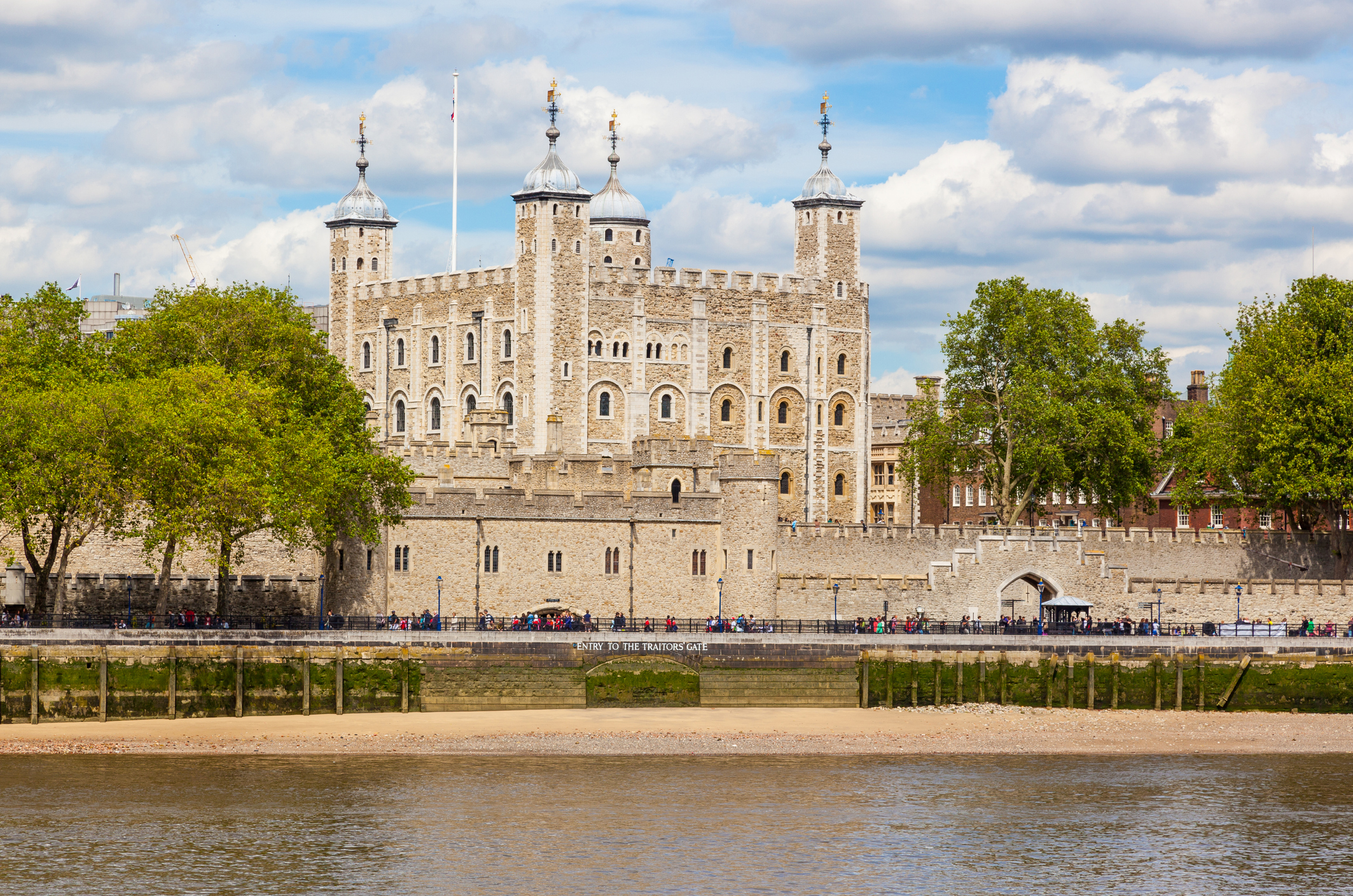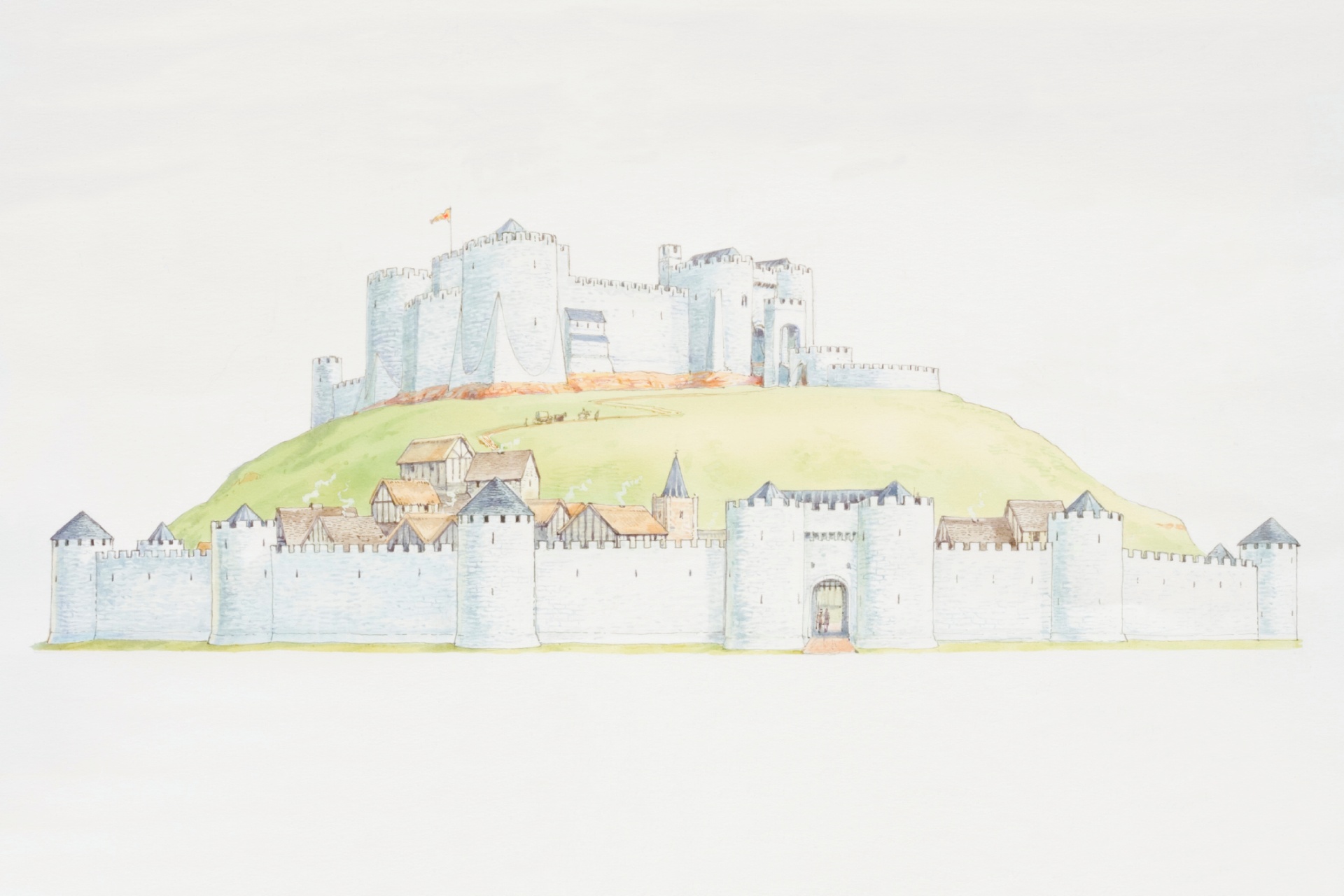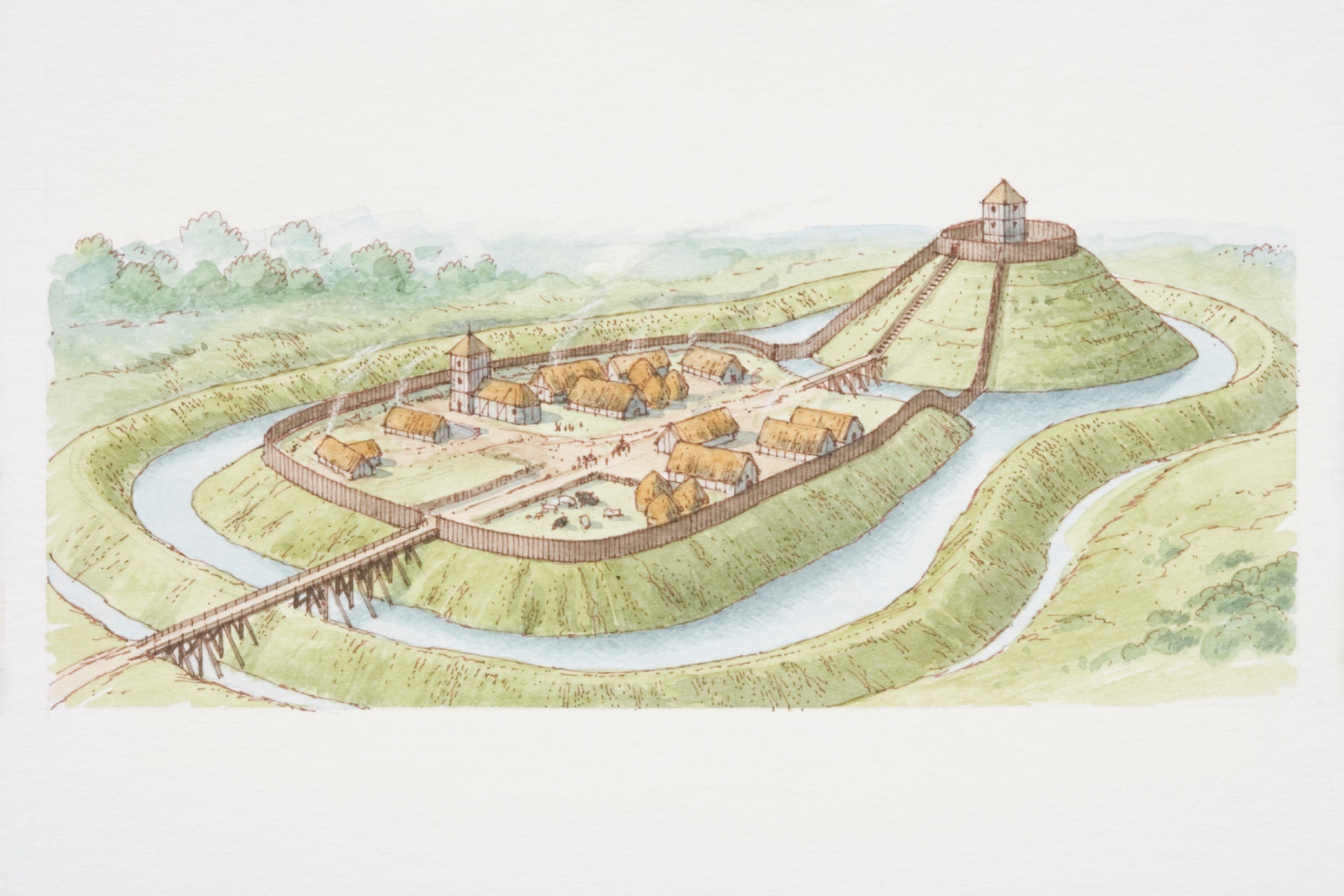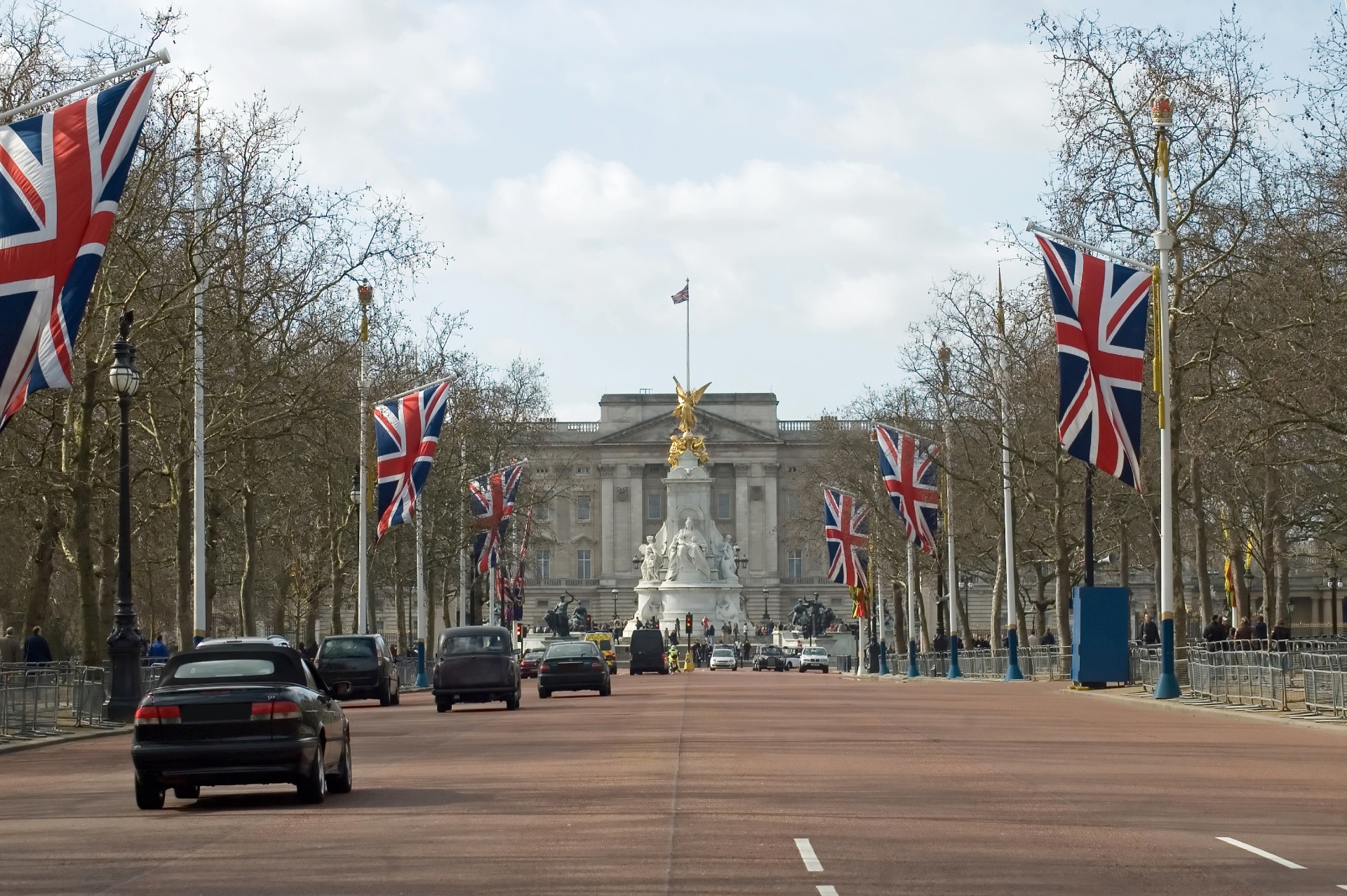Learning objective
- To explore coronations by acting out the ceremony.
Success criteria
- I can explain how and when someone becomes
This content is for subscribers only. Join for access today.
National curriculum
History
The National curriculum
This content is for subscribers only. Join for access today.
Cross-curricular links
English
Spoken language
This content is for subscribers only. Join for access today.
Before the lesson
This content is for subscribers only. Join for access today.
Lesson plan
Recap and recall
Arrange the children into pairs and display the Presentation: What do you remember? Ask the children to tell their partner everything they learnt in the last lesson about the monarchy in the United Kingdom.
This content is for subscribers only. Join for access today.
Extended-mode explainer videos
How to extend your display to view the lesson page and preseantion mode simultaneously. Choose your operating system below to watch the video
If you need further support with extending your display,
please contact [email protected].
Extended-mode explainer video: For Mac
Extended-mode explainer video: For Windows
Adaptive teaching
Pupils needing extra support
Could focus on drawing and acting out one stage of the coronation in the Main event; could use the Presentation: The coronation to remind them of the stages; could have the headings pre written on their paper.
Pupils working at greater depth
Could write a sentence on each piece of paper to describe the different stages of the coronation; could be tapped on their shoulders to instruct them to explain how their character is feeling when acting out the coronation.
This content is for subscribers only. Join for access today.
Assessing progress and understanding
Pupils with a secure understanding indicated by: explaining that a
This content is for subscribers only. Join for access today.
Vocabulary definitions
-
anointing
To make someone king or queen as part of a religious ceremony using oil.
-
Archbishop of Canterbury
The leader of the Church of England.
This content is for subscribers only. Join for access today.





